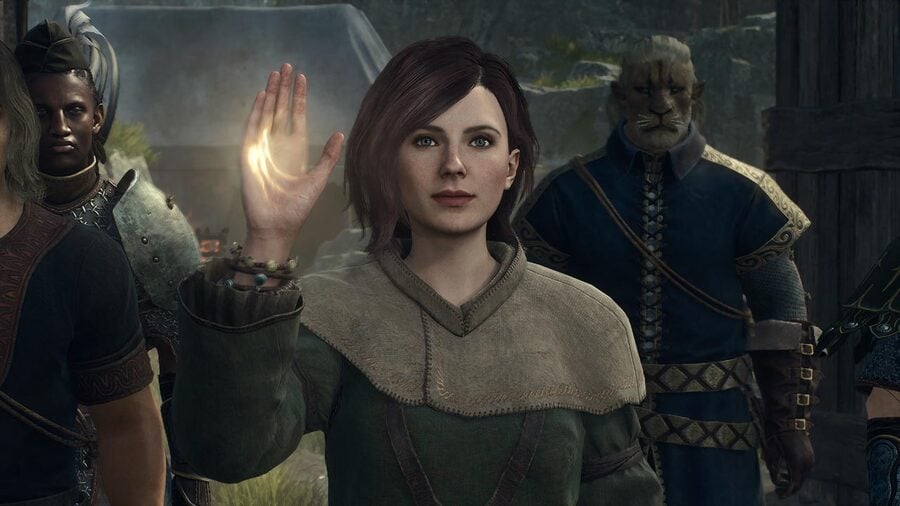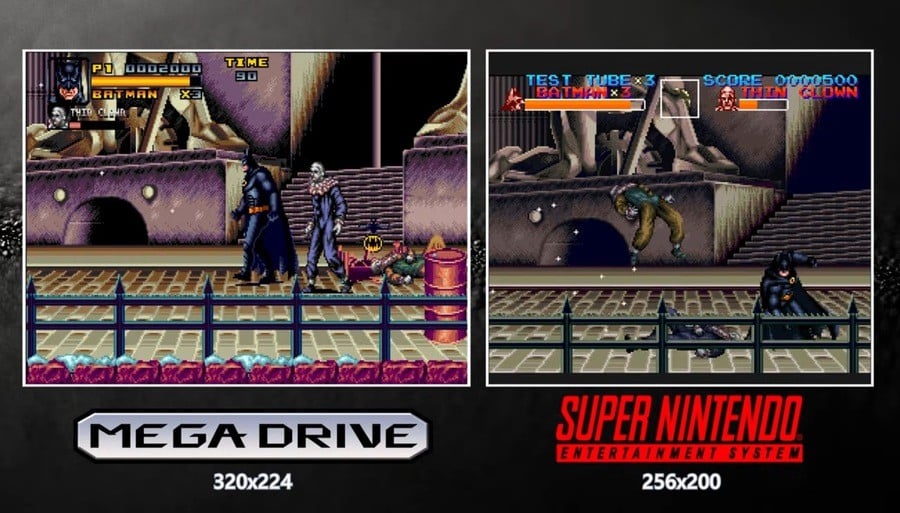 Photo: NASA”It may have been one small step for Neil,” McCandless joked, referring to Armstrong’s famous words, “but it’s a significant leap for me.” According to The New York Times, “Free of any lifeline and propelled into the dark void by tiny jets, they became, in effect, the first human satellites.”
Photo: NASA”It may have been one small step for Neil,” McCandless joked, referring to Armstrong’s famous words, “but it’s a significant leap for me.” According to The New York Times, “Free of any lifeline and propelled into the dark void by tiny jets, they became, in effect, the first human satellites.”
The MMUs were powered by two dozen gaseous nitrogen thrusters stored in tanks on the astronaut’s backpack, allowing free movement in space. Control was achieved through hand controllers, enabling spacewalkers to adjust thrust and direction for precise navigation during extravehicular activities. The technology demonstration was successful, but “many in the agency were apprehensive about the use of a self-propelled and untethered backpack in space,” as NASA historian Jennifer Ross-Nazzal wrote in her retrospective.
Pulse-Pounding Photos Recall NASA’s Historic First Untethered Spacewalk, 40 Years On












